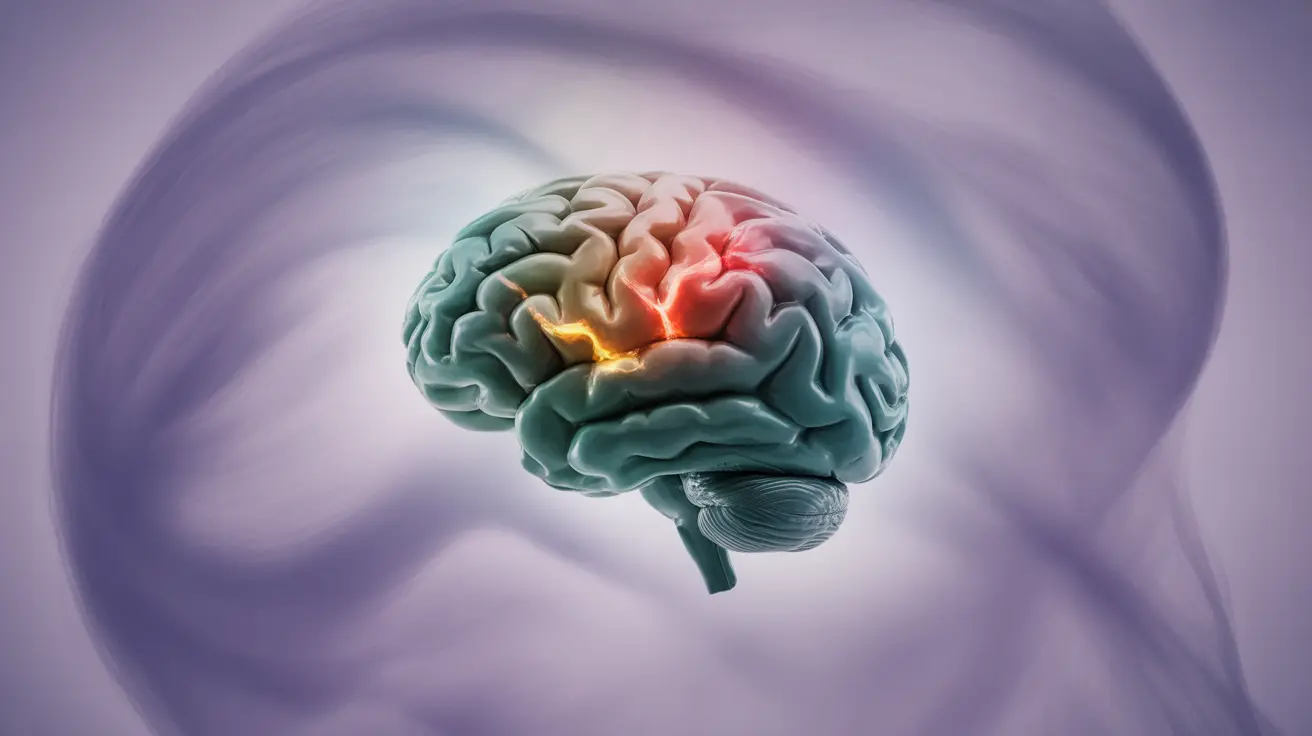Living with bipolar disorder can be challenging, and understanding the distinctions between bipolar 1 and bipolar 2 is crucial for proper diagnosis and treatment. While both are serious mood disorders, they have important differences in their symptoms, severity, and management approaches.
This comprehensive guide explores the key characteristics that set bipolar 1 and bipolar 2 apart, helping you better understand these conditions and their impact on daily life.
Key Differences Between Bipolar 1 and Bipolar 2
The primary distinction between bipolar 1 and bipolar 2 lies in the severity and duration of manic episodes. Bipolar 1 is characterized by full manic episodes that can last for a week or longer, while bipolar 2 involves less severe hypomanic episodes.
Bipolar 1 Characteristics
In bipolar 1 disorder, manic episodes are severe enough to:
- Cause significant disruption to daily life
- Often require hospitalization
- Last for at least seven days
- Sometimes trigger psychotic features
- Potentially lead to dangerous behavior or decisions
Bipolar 2 Characteristics
Bipolar 2 disorder involves:
- Milder hypomanic episodes lasting at least four days
- More frequent and longer-lasting depressive episodes
- Less severe disruption to daily functioning
- No psychotic features during hypomanic phases
Understanding Manic and Hypomanic Episodes
Manic episodes in bipolar 1 often include:
- Extremely elevated mood
- Decreased need for sleep
- Racing thoughts and rapid speech
- Risky behavior
- Grandiose ideas
- Increased goal-directed activity
- Severe impairment in social or occupational functioning
Hypomanic episodes in bipolar 2 typically feature:
- Elevated mood that's noticeable but less severe
- Increased energy and productivity
- Reduced need for sleep
- Better functioning in daily activities
- Less risky behavior
- Shorter duration than full mania
Treatment Approaches
Treatment strategies may vary between bipolar 1 and bipolar 2, though both typically require a combination of medication and psychotherapy.
Medication Options
Common medications for both types include:
- Mood stabilizers
- Antipsychotics
- Antidepressants (used cautiously)
- Anti-anxiety medications as needed
Therapeutic Interventions
Both conditions benefit from:
- Cognitive behavioral therapy
- Interpersonal and social rhythm therapy
- Family-focused therapy
- Psychoeducation
Lifestyle Management Strategies
Effective management of both bipolar 1 and bipolar 2 requires:
- Maintaining regular sleep patterns
- Following a structured daily routine
- Managing stress levels
- Regular exercise
- Avoiding alcohol and recreational drugs
- Tracking mood changes
- Building a strong support system
Frequently Asked Questions
What is the main difference between bipolar 1 and bipolar 2?
The main difference is the severity of manic episodes. Bipolar 1 involves full-blown manic episodes that last at least seven days and often require hospitalization. Bipolar 2 features less severe hypomanic episodes and more prominent depressive episodes.
What are the symptoms of a manic episode in bipolar 1 versus a hypomanic episode in bipolar 2?
Manic episodes in bipolar 1 include severe symptoms like extreme euphoria, risky behavior, and possible psychotic features, often requiring hospitalization. Hypomanic episodes in bipolar 2 are milder, shorter, and don't include psychotic features or severely impair functioning.
How is bipolar 1 treated compared to bipolar 2, and are the medications different?
Both conditions are treated with similar medications, including mood stabilizers and antipsychotics. However, bipolar 1 may require more intensive medication management and more frequent monitoring due to the severity of manic episodes.
Can bipolar 2 be mistaken for depression, and how can someone tell the difference?
Yes, bipolar 2 is often misdiagnosed as depression because depressive episodes are more prominent. The key difference is the presence of hypomanic episodes in bipolar 2, which don't occur in unipolar depression.
What lifestyle changes can help manage symptoms of bipolar 1 or bipolar 2 disorder?
Key lifestyle changes include maintaining regular sleep patterns, following a structured routine, managing stress, regular exercise, avoiding substances, tracking moods, and building a strong support network. These strategies are beneficial for both types of bipolar disorder.




